Integration Angle
All the rays of the integration area whose angle with eye direction is smaller than this integration angle are taken into account. All of the rays inside this cone are taken into account.

This set of maps is obtained with different integration angle, to show the influence of this parameter on the resulting map.
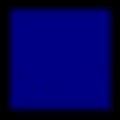 |
 |
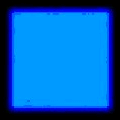 |
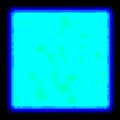 |
Integration angle = 35 |
Integration angle = 25 |
Integration angle = 20 |
Integration angle = 17.5 |
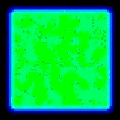 |
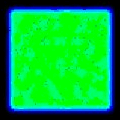 |
 |
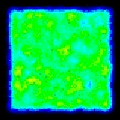 |
Integration angle = 15 |
Integration angle = 10 |
Integration angle = 5 |
Integration angle = 2 |
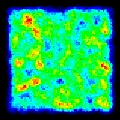 |
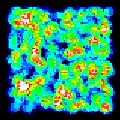 |
 |
|
Integration angle = 1 |
Integration angle = 0.5 |
Integration angle = 0.2 |
You note that the maps could be split in two parts:
From an integration angle of 35° to 15°, maps contain almost no noise, but the average level if radiance decreases with the value of the integration angle.
From an integration angle of 15° to 1°, maps contain as many noises that the value of the integration angle is small and the average map level is constant.
These results could be explained by doing an intensity map.
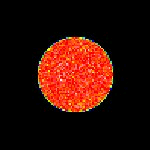
The intensity map shows that the flux is emitted in a 15° degree angle cone, which is conform with the source parameter defined in the geo file.
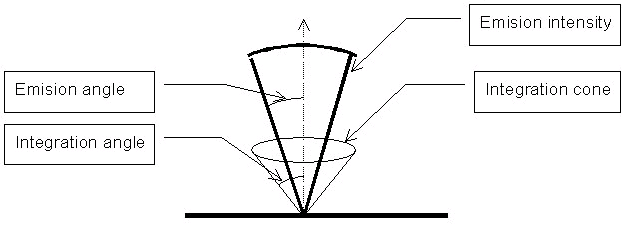
When the integration angle is greater than the emission angle all the flux is collected by the virtual measurement. If the integration cone decreases, keeping greater than the emission angle, the level of radiance grows as the flux is constant.
When the integration angle is smaller than the emission angle the collected flux by the virtual measurement is proportional to the size of the integration cone, so the radiance level is constant. Moreover, as the number of rays collected is proportional to the integration angle, the map becomes noisy for small integration angle.
As a conclusion, there is no absolute law to determine the better value for the integration angle. It is often obtain after different trials and with your knowledge of the system.
Often an intensity map could be useful to choice the better integration angle.


